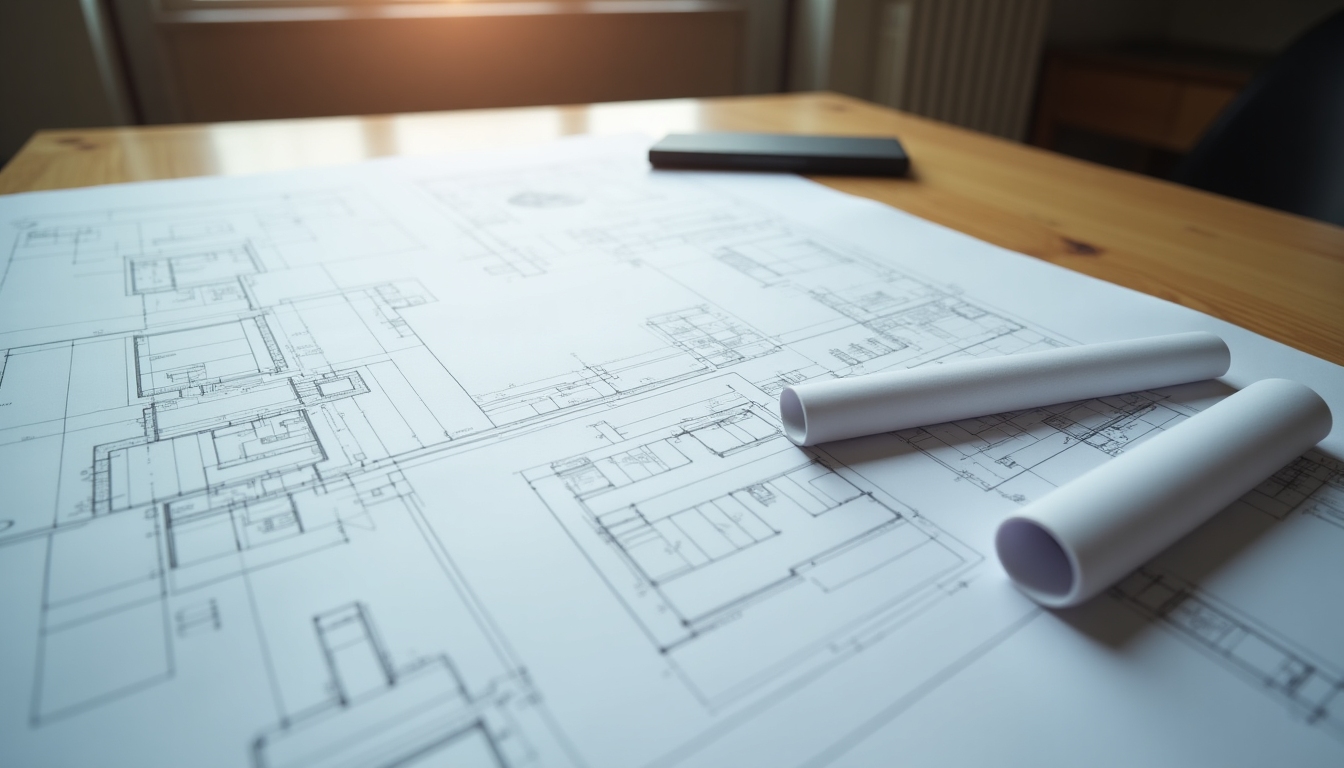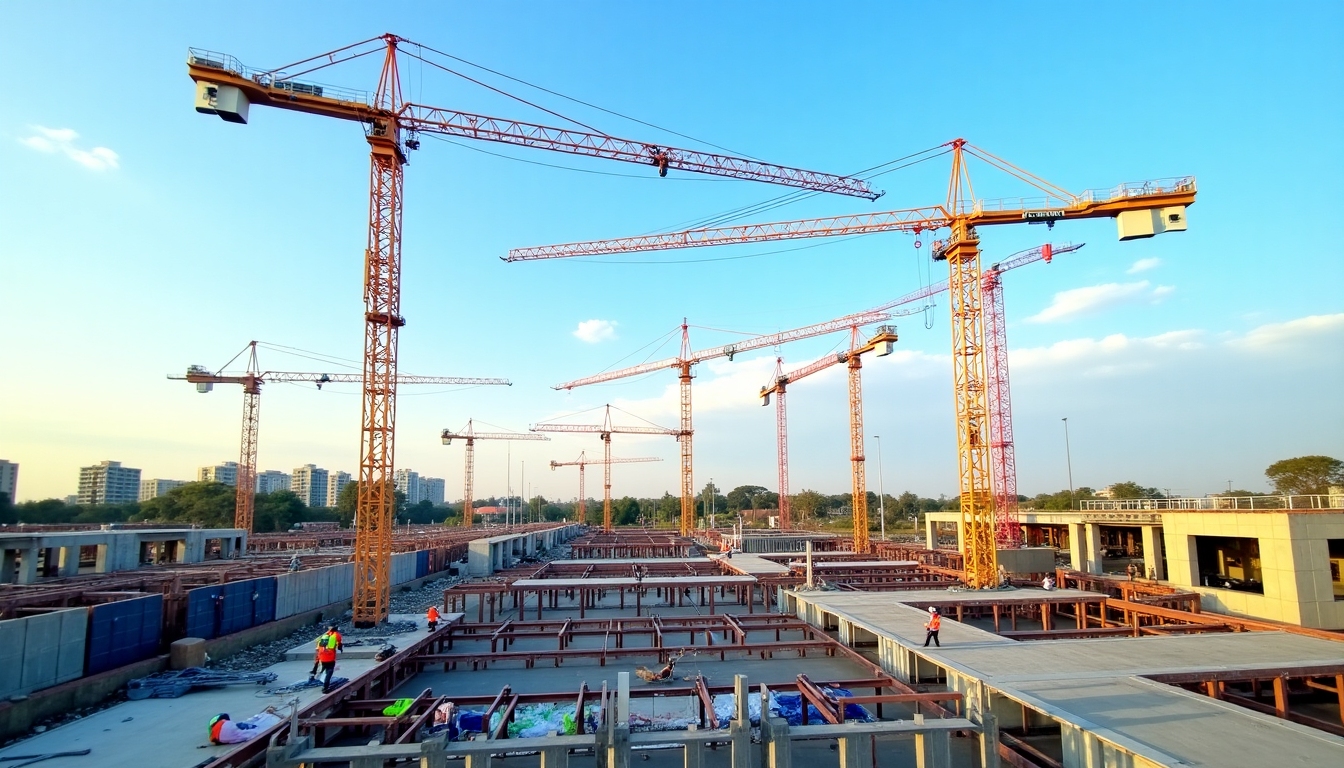Mastering Advanced Load Combination Techniques
Understanding Advanced Load Combination Techniques
Advanced load combination techniques are pivotal in ensuring the stability and safety of structures. By understanding these methods, engineers can optimize the performance of buildings and infrastructures while maintaining cost-effectiveness and compliance with safety standards.

Introduction to Load Combinations
Load combinations play a critical role in the design process of any structure, such as buildings, bridges, and other constructions. These combinations involve the systematic integration of multiple types of loads, including dead loads, live loads, wind loads, and more, to simulate the real-life stresses a structure may encounter.
What Are Advanced Load Combination Techniques?
Advanced load combination techniques incorporate a broader spectrum of potential loading scenarios. Unlike basic load calculations, which might consider static conditions, these advanced methods analyze dynamic and unpredictable factors, accounting for all possible stress responses in the structure's lifetime.

The Significance of Load Combinations
- Safety Assurance: Ensures structures can withstand unpredictable events such as earthquakes or hurricanes.
- Material Optimization: Efficiently uses resources by accounting for potential stresses, avoiding overdesign and wastage.
- Compliance with Regulations: Meets standards and codes that mandate specific load combination practices.
These aspects make it essential for engineers to continuously refine their knowledge and techniques related to load combinations.
Footing Calculations in Load Combinations
Incorporating load combinations into footing calculations is a crucial aspect of structural design. Footings transfer building loads to the ground and must be designed to handle various stress scenarios effectively.
Considerations in footing design include: - Soil Bearing Capacity: Ensures the soil can support the imposed loads without excessive settlement. - Load Distribution: Distributes structural loads evenly to prevent localized stress. - Environmental Effects: Factors like seasonal groundwater level changes affecting load bearing.

Personal Insights: Practicing Engineering with Load Combinations
Having worked with various projects, I can confidently say that integrating advanced load combination techniques early in the planning phase can avert costly modifications later. Engineers should not just follow established codes but also consider innovative solutions tailored to the unique challenges of each project.
Practical Tips for Effective Load Combinations
- Understand Site-Specific Conditions: Every site has unique conditions, including environmental and geological factors affecting load behaviors.
- Use Software Tools: Modern software like ETABS or SAP2000 offers sophisticated features for modeling and analyzing loads.
- Regularly Update Knowledge: Industry standards and building codes evolve, influencing load combination requirements.
- Collaborate with Cross-Disciplinary Teams: Encourage teamwork among architects, geotechnical and structural engineers for holistic solutions.

Common Mistakes to Avoid
- Neglecting Dynamic Loads: Some designers overlook dynamic loads such as earthquakes and wind, which can lead to structural failures.
- Underestimating Load Factors: Failing to apply proper safety margins can result in noncompliant designs.
- Ignoring Soil Variability: Not all soils are the same, and ignoring these differences can compromise footing effectiveness.
Learning from these mistakes can prevent future pitfalls and improve overall structural integrity.
Conclusion
Advanced load combination techniques are indispensable in modern engineering. By employing these practices and integrating them into every stage of design and construction, engineers can create safer, more resilient structures. As the field evolves, continuous learning and adaptation remain essential to stay ahead in structural design.





